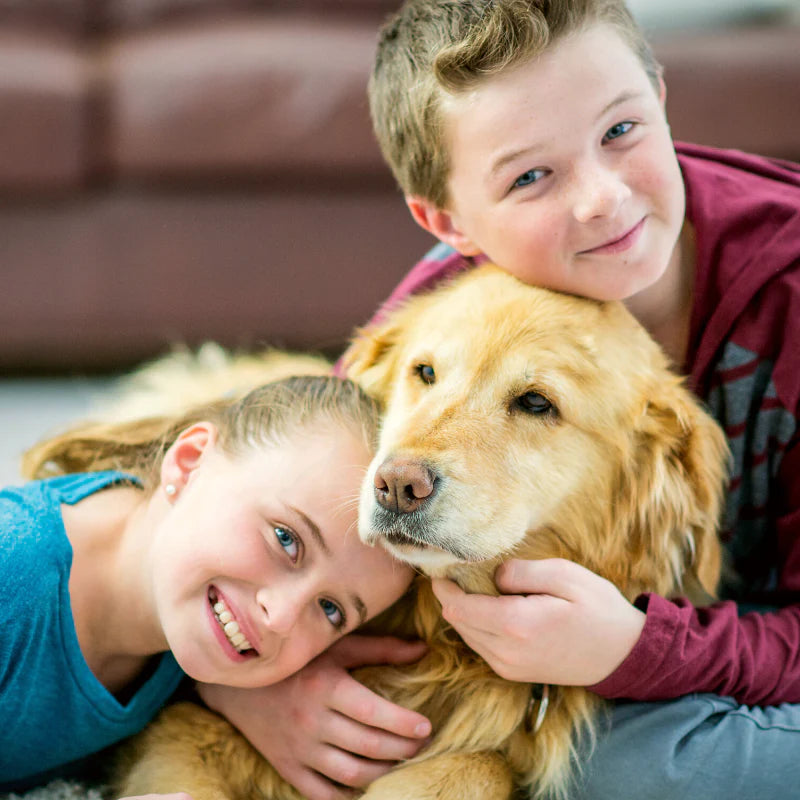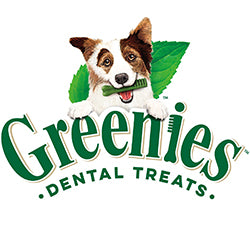
How to deal with pet allergies in children
Pets have become an indispensable part of many families. They offer companionship, teach responsibility, and sometimes, even help to improve the health of their human companions. However, pets can also trigger allergies, particularly in children, leading to a myriad of symptoms that range from mild to severe. In this comprehensive guide, we delve into understanding pet allergies, their symptoms, and effective ways to manage them in children.
Understanding Pet Allergies
Pet allergies occur when the immune system responds to proteins found in any animal's skin cells, Urine or saliva. The most common pets that cause allergies are dogs and cats, but other animals such as birds, rabbits, and rodents can also trigger reactions. The allergens are airborne, and can land on furniture, clothes, and other surfaces.
Identifying Pet Allergy Symptoms
Common symptoms of pet allergies include:
- Sneezing and runny nose
- Itchy, red, or watery eyes
- Nasal congestion
- Coughing, chest tightness, and shortness of breath
- Itchy skin or hives
- An asthma attack in asthmatic children
In some severe cases, exposure to allergens can trigger a condition called allergic asthma, which can cause difficulty in breathing and other respiratory symptoms. It's important to note that pet allergy symptoms in children may not manifest immediately and could take several days to appear.
Managing Pet Allergies
Managing pet allergies in children is a multifaceted approach that combines reducing exposure, medication, and in some cases, immunotherapy.
Reducing Exposure
One of the most effective ways to manage pet allergies is to reduce your child's exposure to the allergens.
- Limit Contact: If possible, keep your pets outside or restrict them to certain areas of the house. Limit the time your child spends with the pet and try to avoid direct contact.
- Clean Regularly: Clean your home regularly to remove allergens. This includes vacuuming carpets, cleaning furniture, and washing your child's bedding often.
- Use Air Filters: High-efficiency particulate air (HEPA) cleaners run continuously in a bedroom or living area can help reduce allergen levels over time.
Medication
If avoidance strategies aren't enough to manage the symptoms, your healthcare provider may recommend medications.
- Antihistamines: These medications can help relieve sneezing, runny nose, and itchiness by blocking the action of histamine, a compound produced by the body during an allergic reaction.
- Corticosteroids: Available as nasal sprays, these medications can help reduce inflammation and alleviate symptoms of allergic rhinitis.
- Decongestants: These medications can help reduce swelling in the nasal passages and relieve congestion but should only be used for a short term.
Immunotherapy (Allergy Shots)
Immunotherapy may be an option for older children with severe allergies. It involves getting regular injections of the allergen, in increasing doses, to gradually build up immunity. This treatment should be done under the supervision of an allergist and can take a few months to a few years to be effective.
Preventing Pet Allergies
While there's no sure-fire way to prevent pet allergies, some measures can potentially help reduce the risk or severity.
- If possible, wait until your child is older before bringing a pet into the home. Some studies suggest that exposure to pets at a very young age may increase the risk of allergies.
- Consider getting a pet with fewer allergens. While no breed is completely hypoallergenic, some dog breeds are considered better for allergy sufferers.
- Regularly bathing and grooming your pets can help reduce the amount of dander (and thus allergens) they shed.
Working with Healthcare Providers
It's crucial to work closely with your child's healthcare provider or allergist. They can help you identify the allergens causing the symptoms and formulate a management plan. This often includes an allergy test to confirm the pet allergy and regular check-ups to monitor the condition.
Living with Pet Allergies
Having a pet allergy does not necessarily mean that your child cannot live with pets. With careful management, it is possible to balance pet ownership and allergies. Each child and situation is unique, so what works for one family may not work for another.
Conclusion
Pet allergies in children can be challenging to manage, but with the right approach, it's entirely possible to provide relief for your child and maintain a happy home for your pet. It's important to educate yourself, work closely with healthcare professionals, and adopt appropriate strategies to minimize allergens in your home. Patience, persistence, and flexibility are key in managing pet allergies, but the result—a harmonious, loving relationship between your child and pet—is well worth the effort. Always remember, each child is unique, and an individualized approach is vital for effectively dealing with pet allergies.
- Choosing a selection results in a full page refresh.












